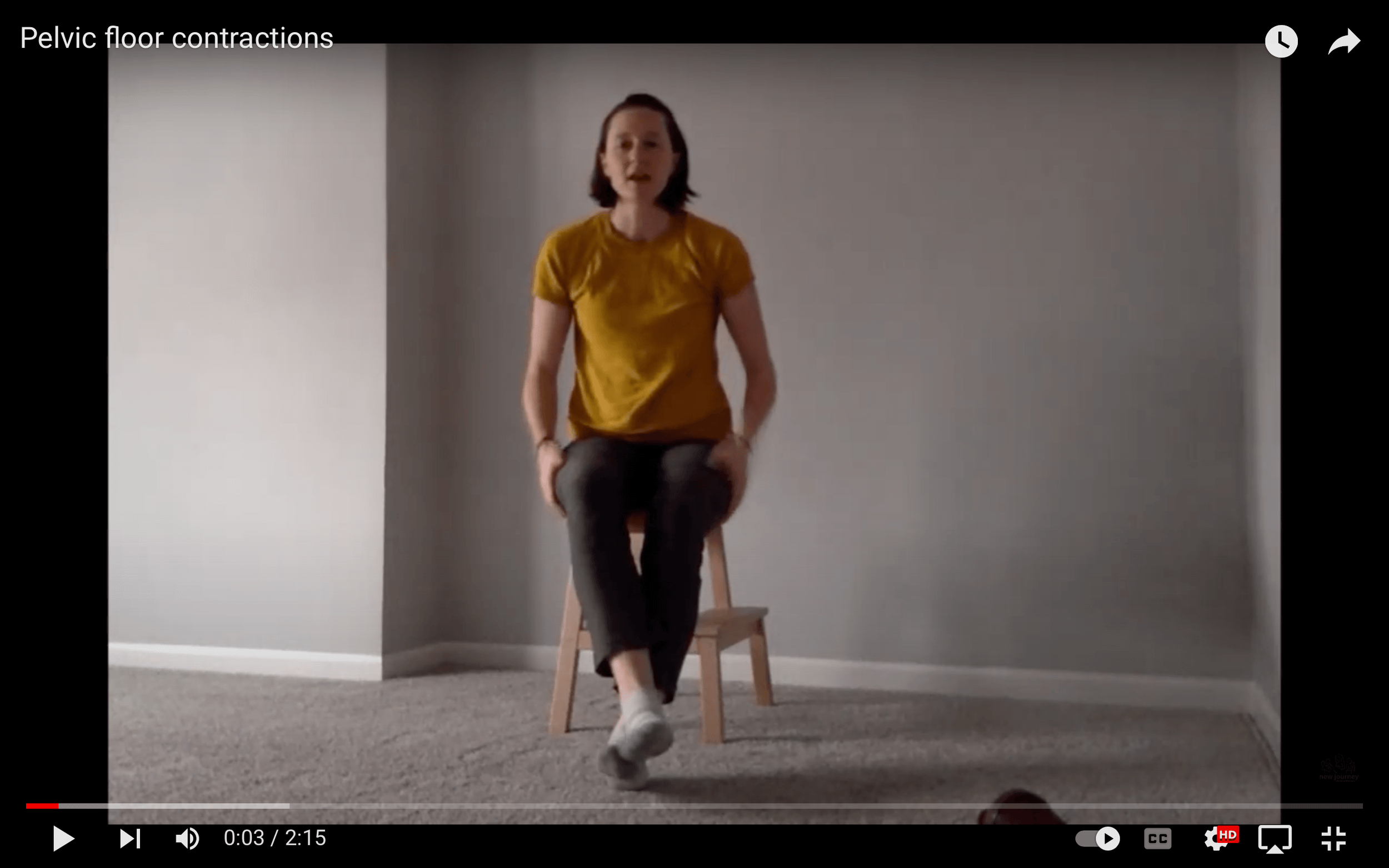Postpartum checklist
Let’s talk about the recovery that no one wants to mention. The still big belly, the scar, the stitches, and the pain getting up. The sore and tired body, that the visitors ignore. I am thrilled every time I see a meme, blog post, photograph, etc about the reality of postpartum. The joy is there, you are holding your baby, but it is also uncomfortable. What can you do to speed up the recovery, increase your strength, and increase the likelihood that you heal without pain or incontinence?
This is Dr. Kate’s Postpartum Checklist!
360 breathing to normalize your breathing pattern:
This is a major factor in postpartum recovery. It seems so simple, you have literally been breathing since the moment you were born, but in pregnancy it might not have been so easy. Many women experience shallow breathing in the later stages of pregnancy. This occurs due to the baby taking up space, but also because the rib cage has expanded. When the rib cage is expanded you cannot exhale as well. If air is not expelled efficiently, then it takes up space and you will not have enough room to take a nice full breath. Want to learn more. Check out this video on taking a good 360 breath.
Taking your first postpartum poop:
Women around the world are scared for this moment, but it does not have to be as bad as expected. I am not really sure where the fear comes from. Sure, you just had a baby, the area is tender and sore, but unless you have bad constipation you can get through this milestone without laxatives or excruciating pain. I put together a video of tips, hopefully it helps you through this milestone.
Pelvic floor contractions
In the first few weeks postpartum, your job is to relax. You shouldn’t be lifting anything heavier than your baby. That means you shouldn’t be lifting your older children or your baby in their carseat. We can talk separately about what the realities may be for you when facing that advice, but it is still good advice. The one exercise you should be doing are pelvic floor contractions. By contracting and relaxing the muscles you do encourage blood flow and healing to your tissues, by relaxing the muscles after contractions you attempt to avoid the common pattern of over active muscles, and by contracting the muscles you reinforce the brain/muscle connection so that you can control the muscles now and in the future.
The problem is, the majority of women do not do pelvic floor contractions well without proper education. The amount of education needed to correctly perform a pelvic floor contraction varies. Some women need the tactile cue of someone touching their pelvic floor muscles, and that takes being in person. Check out this video of how I teach pelvic floor contractions when I cannot be in person, or when someone does not want internal treatment to be part of their plan of care.
[youtube=://www.youtube.com/watch?v=DaSZh1Ac_R0&w=854&h=480]
What do you think? Let me know if these tips helped you in the comments.




